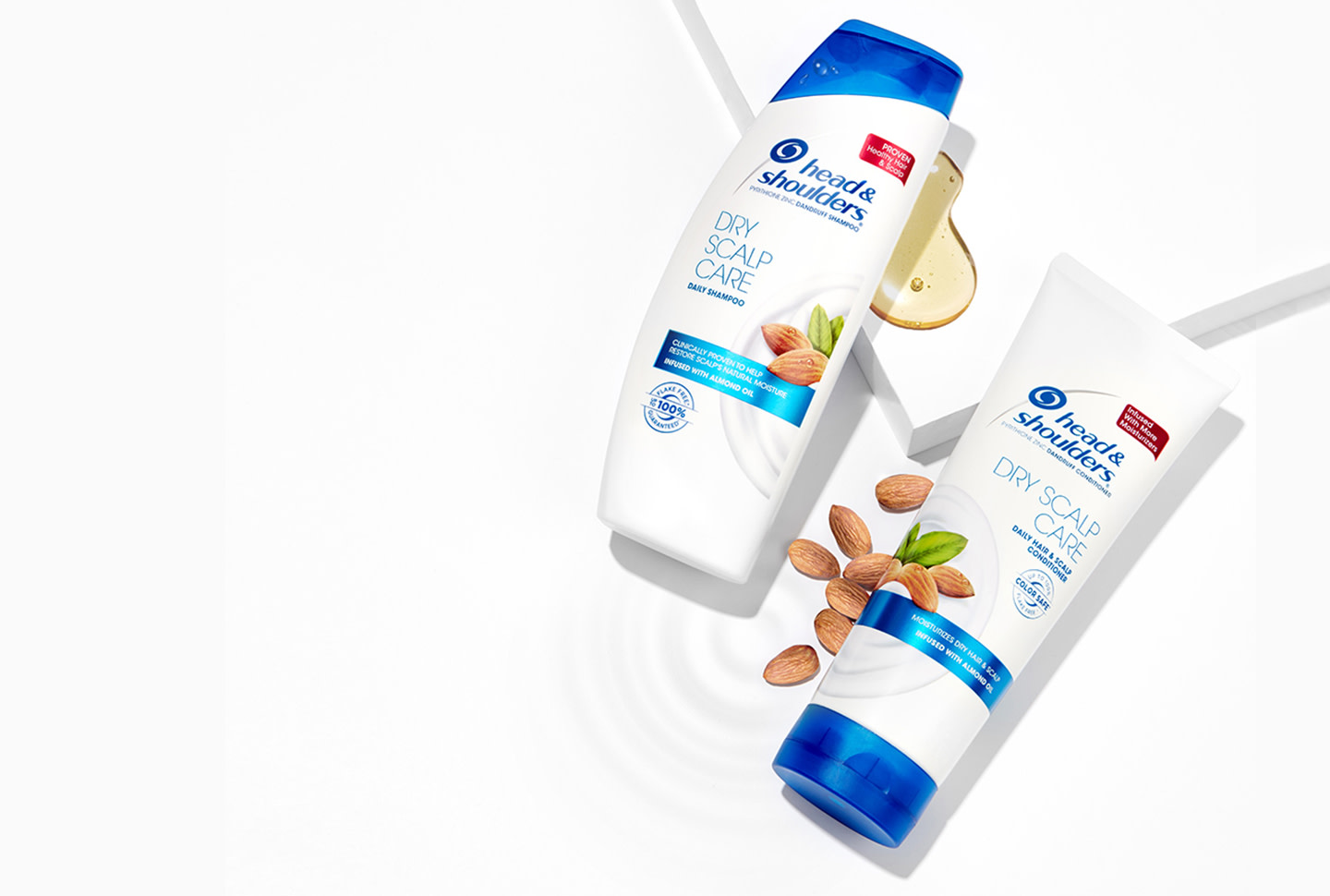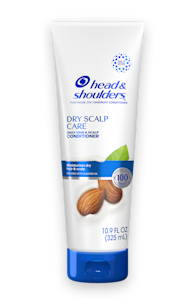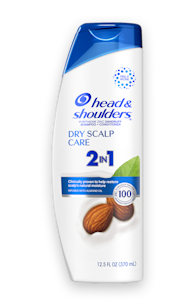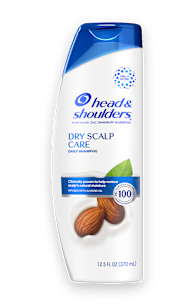YOUR WINTER HAIR ROUTINE

Noticing a dandruff flare-up in the winter months? Cold temperatures and wintry weather don’t really “cause” dandruff, but they can make an existing problem worse.
You know the feeling – the nights are drawing in, the leaves are turning gold… and suddenly your dandruff decides to flare up. It’s the last thing you need, when you should be thinking about cups of warming hot chocolate and who to throw your first snowball at. Fortunately, it’s easy to fix.
Does dandruff get worse in cold weather?
Winter dandruff is a common problem, but you might be surprised to hear that it isn’t actually caused by the weather.
According to dermatologists, dandruff is a year-round condition. That’s because there are 3 factors that cause dandruff and they’re nearly always present. They are:
The natural microbe Malassesia globosa
Sebum - your body’s natural oils
Having a scalp that’s sensitive to the “dandruff” microbe
But you might notice that your scalp and hair get drier and that flakes are more visible in cold months. So, you’ll need to change from your summer routine to give your scalp and hair what it needs in winter.
What can I do?
Now we know that winter can exacerbate your dandruff, let’s run through an action plan for how to keep it in check.
Step 1: Use a good dandruff shampoo every time you wash to restore your scalp’s natural moisture balance.
Winter adds to a lack of moisture retention - one of your skin’s most important jobs is to hold on to essential moisture. When your scalp is out of balance, as with dandruff, the damaged skin lets more essential moisture escape. Dry winter air makes this problem even worse, and gives you visible dandruff in winter.
Step 2: Follow it up with a deep moisturizing conditioner.
Dry winter air can cause static hair, and static leads to frizz, which means you’ll need a deep moisturizing conditioner to keep dry, rough hair at bay. Make sure you work conditioner in the whole strand of your hair, from roots to tips, before rinsing.
If your hair is feeling drier than the Sahara, leave your conditioner on for a further minute to really help it soak up that moisture.





